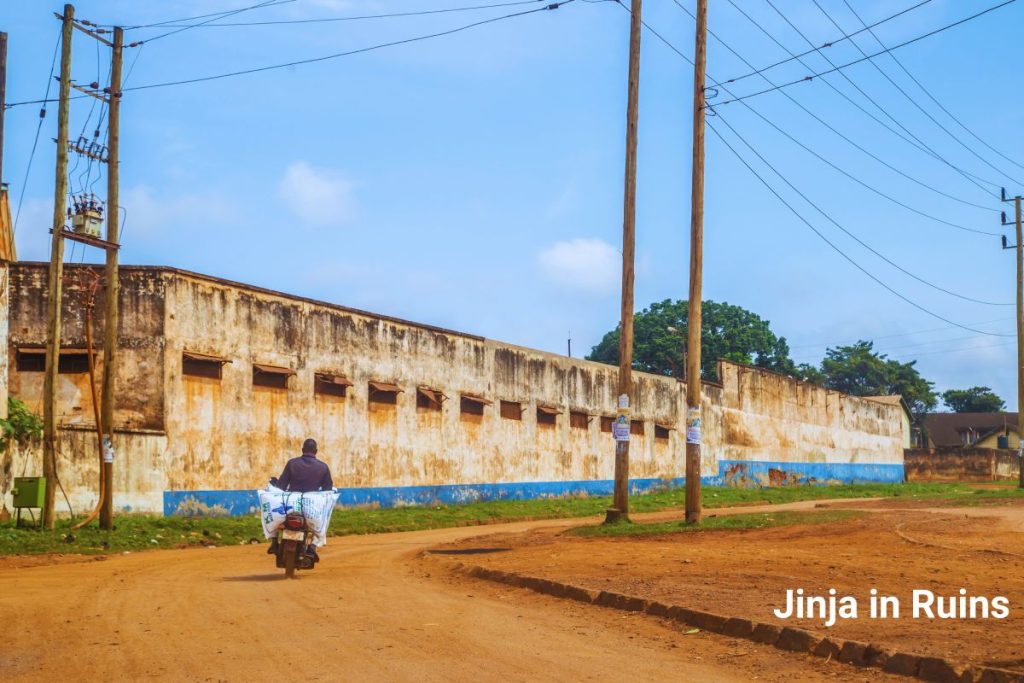
Today, the political administration of the Busoga region is vested in districts. Each connects directly with the central government in the capital city, Kampala. Each district is headed by an elected chairperson or a Local Council Five, and municipalities are headed by an elected mayor.
Many cultural institutions that were restored in 1996 have limited powers to make much of an impact with virtually no reliable sources of funds for their development projects.
However, they help to preserve the cultural traditions and historical heritages. Because they are cherished and respected, they are sometimes entrusted to help in mobilizing the masses in the attainment of varying worthwhile national programs, campaigns, and policies, especially those concerning health, education, or development.
Their functions are primarily cultural, not political, and therefore they are not encouraged to join or participate in partisan politics. If they choose to let their opinions and emotions be heard, they do so at a distance and with great caution.
The productive coexistence of traditional and formally elected authorities in Busoga can prove beneficial, especially when they are strategized to cooperate constructively.
Heritage and Tourist Sites
Attractions and Historical Sites
Busoga is arguably Uganda’s most exciting tourist region. It is endowed with several natural tourist attractions and heritage sites.
Take for Example:
The source of the River Nile, the second-longest river in the world, with all its wonders, is in Busoga, Jinja, the heart of Busoga’s tourism. The long journey of the River Nile to the Mediterranean Sea, through the Sahara Desert, starts here. How do the two seemingly different types of water, i.e., the River Nile and Lake Victoria, share the same spot in such a peaceful manner without intruding in each other’s space? The answer is in Jinja.

Other attractions include Bujagali Falls, Itanda Falls, Kyabirwa Falls, Lake Victoria beach, islands in Lake Victoria, the hydroelectricity plants at Owen Falls Dam and Kiira Dam, lots of antiquities and historical sites, and several other attractions.

Jinja – Once Uganda's Industrial Heartland
Jinja was once Uganda’s major industrial city but all the industries it once hosted were relocated to Kampala and Mukono. Jinja used to host Nytil, Picfare Textile, Nile Breweries, the Kakira Sugar Factory, Steel Rolling Mills, Jinja Grain Milling, fish factories, tea processing industries, the British American Tobacco Factory (BAT), copper-smelting factories, and agricultural crop factories, among others. There were about 47 giant factories and Industries in Jinja. The buildings and structures of these former factories still exist – but in ruins and ramshackle states.
